Tecnica Plasma S Shoe
Size Tested: US Men’s 9.5
Blister’s Measured Weight per Shoe (size 9.5): 423 & 427 grams
Construction:
- Upper: Synthetic polyamide fabric with TPU laminated reinforcement
- Lining: Mesh
- Midsole: Agile system; Dual Density EVA plus TPU shank
- Outsole: Vibram® Plasma with Megagrip compound
- Footbed: C.A.S. Customizable – Hiking
MSRP: $150
Test Locations: Crested Butte & Front Range, CO; Eagle River, WI
Days Tested: ~15
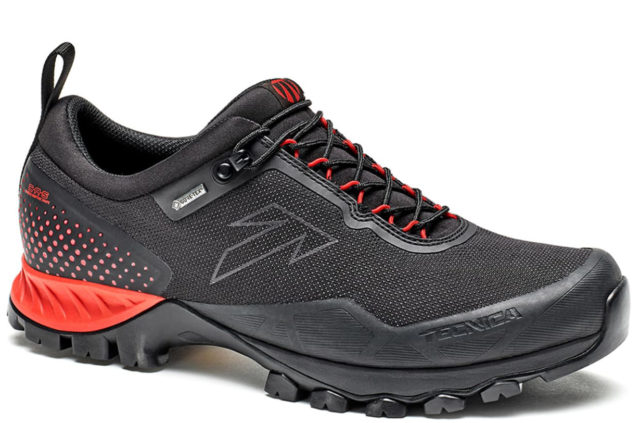
Intro
Tecnica is probably best known for their ski boots, but they recently branched out into the hiking market with their Forge boots and Plasma shoes.
It’s always interesting when a brand enters an entirely new category. Sometimes it doesn’t work out well, but other times a brand that’s new to the market can bring something not only different, but even better.
After several months of hiking in the new Tecnica Plasma S shoe, which features a heat-moldable upper and insole, I think Tecnica’s new hiking line falls into the latter category — it offers something not seen before in a hiking shoe and I think it competes very well with the established players on the market.
Heat-Moldable Upper & Footbed
This is what sets the Plasma S apart from basically every other hiking shoe out there.
The Plasma S features heat-moldable material around the heel, arch, and throughout the stock insole.
I had a pair of the Plasma S fitted at Outdoor Retailer last year, with the process taking a little less than 20 minutes. If you’ve ever had a pair of ski boots heat molded, the process will feel familiar — just wait for the shoes to heat up in one of Tecnica’s ovens, slip on the shoes, stand for a bit, have them cooled with a compression bag to form to your feet, and you’ve got a customized fit.
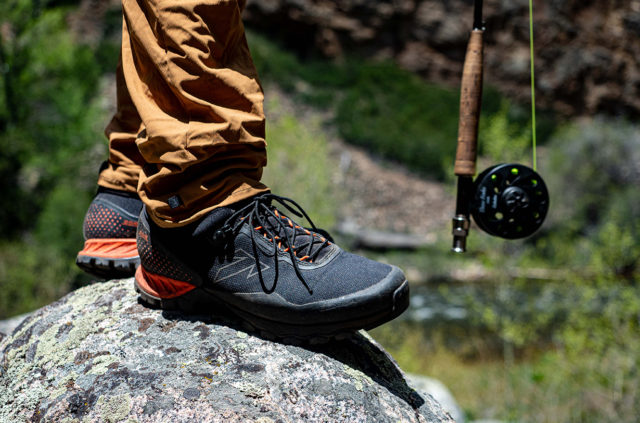
Obviously, the Plasma S doesn’t offer quite as much customization as a fully heat-moldable ski-boot liner since the Plasma S only has heat-moldable sections around the heel, arch, and insole. But the Plasma S still offers infinitely more customization than most hiking shoes since, you know, no other shoe out there has heat-moldable materials.
The heat-moldable material of the Plasma S basically feels like most other shoes’ TPU and plastic reinforcements — it’s stiffer and more supportive than the mesh upper, but it’s still flexible and felt very comfortable on my feet.
You can look on Tecnica’s site to find the nearest shop to you that offers heat-molding for the Plasma and Forge shoes and boots.
Now, onto how the Plasma S actually fits.
Fit
Before and after the heat-molding process, I’d describe the Plasma S as a generally “medium-volume” shoe.
I have fairly average-volume feet, but I have large lateral splats which mean that my midfoot widens when I weight it. As a result, I typically get along best with shoes on the higher-volume end of the spectrum. Despite this, I’ve been getting along very well with the fit of the Plasma S.
I used the shoe in my standard size of 9.5 and have been able to comfortably wear it for full-day hikes with no blisters. After a long day of walking around with a heavy pack, I’ve gotten a bit of pain around my midfoot, though that happens with most hiking shoes I’ve used.
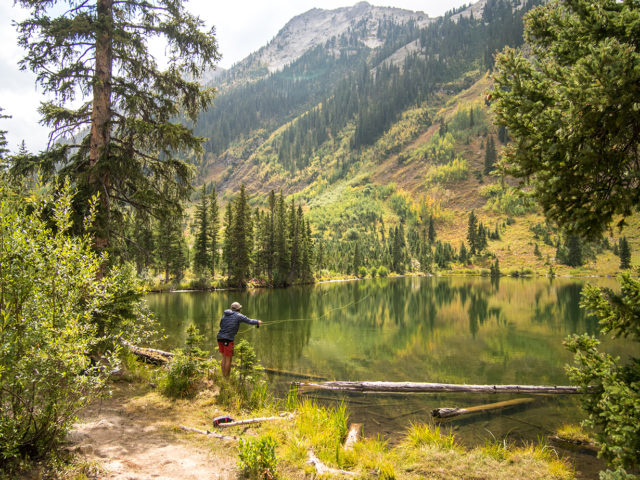
Apart from the slight midfoot pain, the fit of the Plasma S has been excellent. The heel hold is very secure, I have plenty of arch support (but not too much) for my fairly flat arch, and I’ve never had a problem with the shoe not feeling secure enough — even on techy scrambles through talus fields.
Compared to the other hiking and trail shoes / boots I’ve used, the Plasma S falls somewhere in the middle when it comes to fit. It’s not as roomy as the Salomon Quest 4D or any of the Altra shoes I’ve used (Timp & Olympus 3.0), but the Plasma S is a bit roomier than the Salomon Speedcross and XA Pro 3D. And the main thing that’s stood out with the Plasma S is just how snug and secure it feels on my feet, which is a big part of why I’ve chosen it for techier hikes and rocky terrain.
Upper
The Plasma S uses a mix of mesh and TPU overlays throughout its upper.
Overall, I’d say the Plasma S is more on the “supportive and protective” end of the spectrum, rather than the “light and breathable.” The Plasma S’s upper does a pretty good job of venting and drying after being submerged, but there are plenty of other shoes out there that are more breathable and faster drying.
The Plasma S’s lacing system is really nice, consisting of thin laces that thread through Kevlar loops, rather than traditional metal eyelets. At the ankle opening, the Plasma S has metal clips (similar to the “ankle lock” clips on many hiking boots) that securely lock down my ankle. Tecnica says the Plasma S’s mostly-fabric lacing system leads to less lace slippage throughout the day, and I’d agree — once I set the tension to my liking, I never found myself needing to re-tighten after several hours of hiking. The shoes even stay snugged down when I undo the upper metal loops.
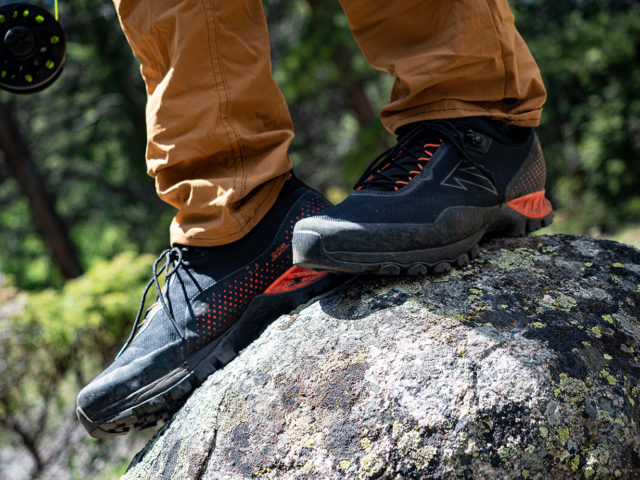
The other unique feature of the Plasma S’s upper is that it uses an overlap opening at the instep / ankle, rather than a typical tongue found in most other shoes. Tecnica claims that this decreases hot spots and pressure points, which is also why many ski-boot companies use overlap liners in their boots. I found the the overlap design in the Plasma S to be very comfortable, though I can’t say that the Plasma S’s overlap design makes it noticeably more comfortable than most tongue-style shoes I’ve used.
Midsole
Like most hiking shoes, the Plasma S uses a dual-density EVA midsole and also features a ¾-length TPU shank that supports the heel and arch.
I was initially surprised by how stiff the Plasma S’s midsole is — this is no flimsy trail running shoe. The Plasma S feels similar to a lot of beefier hiking boots when it comes to support.
The upside to this is that the Plasma S felt ideal for long days in rocky and sketchy terrain where I’d typically opt for a full boot with a shank in its midsole. The downside is that the Plasma S is not very light, nor very flexible. So if you typically hike in light, soft trail running shoes, the Plasma S is not for you. But if you’re looking to potentially replace your hiking boots with low-cut shoes and don’t want to lose much support, then the Plasma S makes a lot of sense.
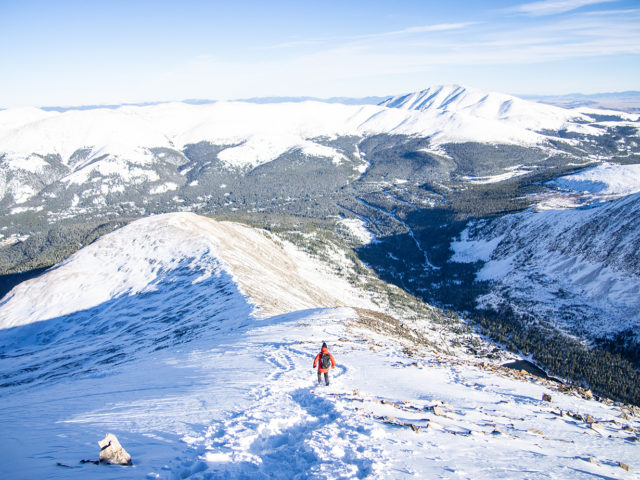
I came to love the Plasma S for my arguably stupid summer skiing trips. During these days, I’m carrying a heavy pack with full ski gear attached, but I’d rather not use a high-top boot for the approach as they’re heavier and tougher to fit in a pack once I get to actually ski. The Plasma S was plenty supportive when hauling skis and ski boots on my back, but is a bit lighter than most boots and doesn’t take up too much space in my pack.
Outsole
Like its stiffer midsole, the Plasma S’s aggressive Vibram outsole seems more similar to a lot of backpacking boots than it does to more casual day-hiking shoes.
The Plasma S’s outsole has pretty large lugs with an aggressive tread pattern. On pretty much any terrain, the Plasma S’s outsole has provided reliable grip. It’s awesome on rocks, fine on hard-packed singletrack, and excellent on loose, chossy talus and gravel.
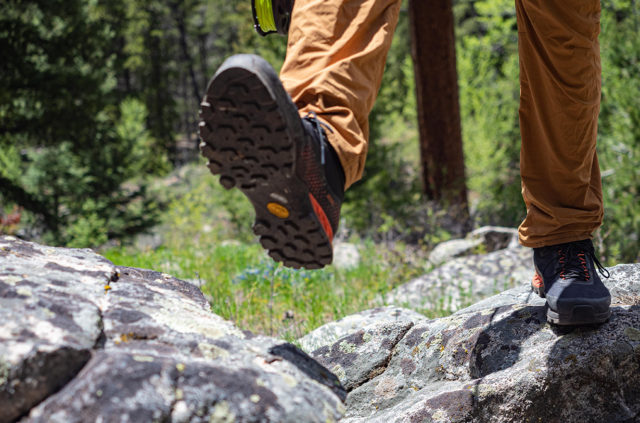
I’ve come to love shoes that feature Vibram’s “Megagrip” compound, and the Plasma S is no exception. Its rubber is very grippy and I’ve had no problem using the shoe for techy approaches where I’m scrambling over a mix of big rocks, smaller, looser rocks, and plain dirt.
Who’s It For?
I think the key things that make the Plasma S stand out are its customizable fit and its supportive construction.
If you’re a hiker who’s had trouble finding a shoe that fits well, I think you’re the most obvious candidate for the Plasma S. I don’t think it’ll work for people on the very ends of the spectrum in terms of fit (e.g., extremely wide or extremely narrow feet). But as someone who has trouble fitting into many shoes due to my lower-volume ankle and instep and higher-volume midfoot, I’ve been very impressed by how well the Plasma S fit my feet after heat-molding it.
In terms of its ideal use, I’d say the Plasma S excels in scenarios where support, stability, and grip are prioritized over low weight and flexibility. If I’m just going on a quick hike on mellow trails, I’d probably opt for something lighter and softer. But for long days on the trail — and especially days when those “trails” are littered with rocks, boulders, etc., the Plasma S has become my go-to shoe.
The Plasma S also works very well as an approach shoe for climbing (or summer skiing), just keep in mind that the Plasma S doesn’t have a very large, flat “climbing zone” section on its outsole like most dedicated approach shoes and the Plasma S is less flexible, making it less ideal for very technical terrain (e.g., low 5th class).
Lastly, if you want a waterproof version, there’s the Plasma S GTX. And if you like the sound of the Plasma S but want more ankle support, check out Tecnica’s Forge S Boot.
Bottom Line
With their Plasma S shoe, Tecnica has proven that they can not only compete with the other hiking shoe brands out there, but even best them in certain aspects. With a customizable fit and a burly, supportive build, the Plasma S Shoe is worth a good look for people who want a more personalized fit in their hiking shoes and / or who like hiking shoes with lots of support.

Is there any way to buy these and mold them at home, with maybe not quite as good results?
Good question — I’ll ask Tecnica and get back to you ASAP.
Tecnica says that they don’t recommend heat-molding the shoes at home, with the main reason being that the shoes, unlike many ski boots / ski boot liners, are only heat-moldable in specific areas and Tecnica’s process is reportedly specifically designed to work on those areas.
So if you leave these in the car on a hot summer day, does that wreck the heat molding?
Well, I wouldn’t call it a very scientific test but I have left them in that back of my car for days on end in the summer and haven’t noticed a difference in fit. At least based on my experience, it doesn’t seem like it’s very easy to ruin the heat molding on these shoes.
Hey is the gore tex on these are good ? Also I’m a wide foot decent arch would you recommend size up half size ?
Got these.
First day, feet soaked.
Anyone else?
Worn in the west coast rain. Dry feet!